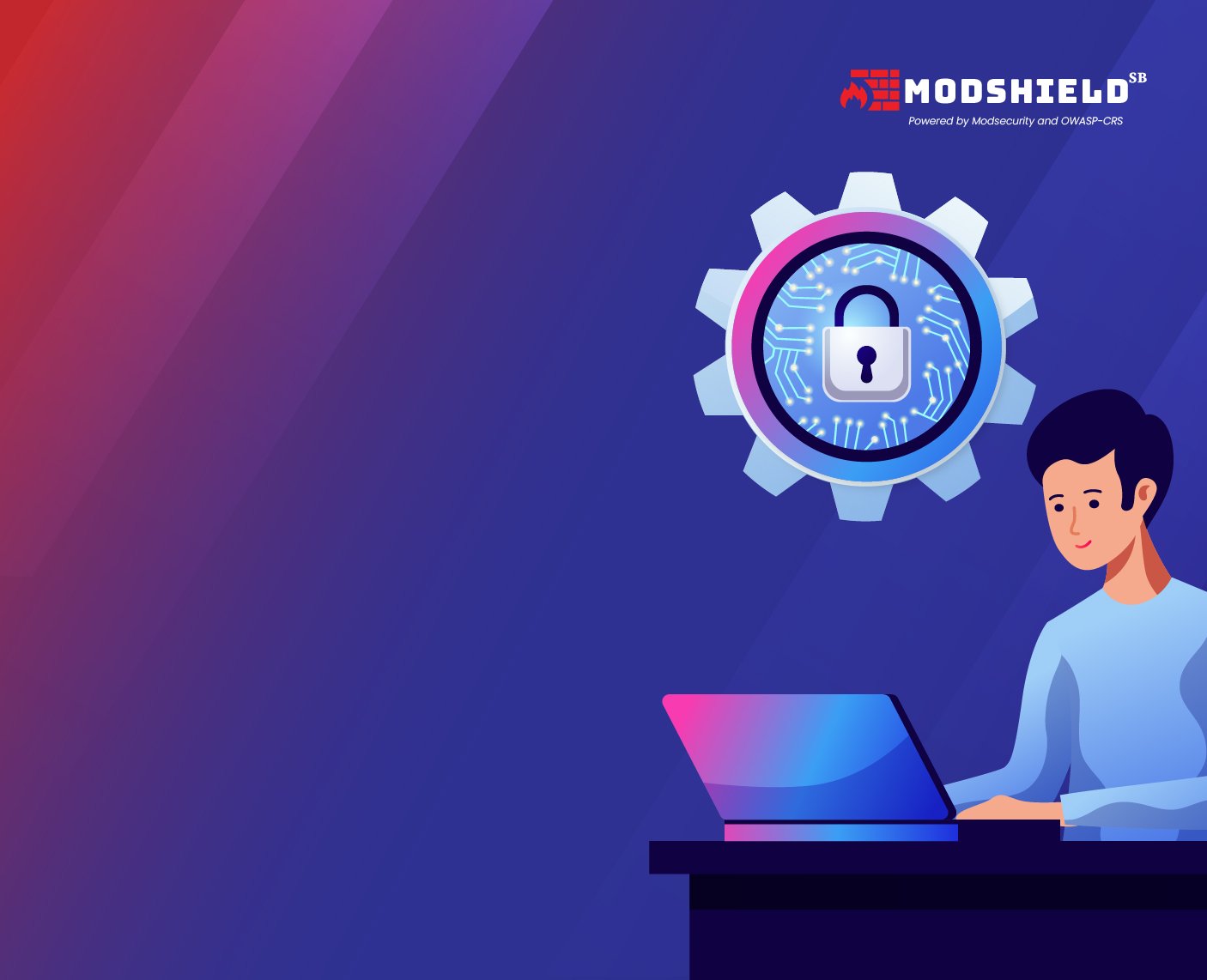The role of WAF in 2023: Securing your digital assets
The role of WAF in 2023: Securing your digital assets

The Cost of a Data Breach Report by IBM provides a birds-eye-view of the cost of data breaches that have occurred. The report was built using data extracted from over 553 breaches in 16 different countries and taking into account hundreds of cost factors. The report shows a global average total cost of data breaches of $4.45 million.
Exploiting digital assets is an easy way for attack actors to gain access to data and culminate numerous cyber attacks with the help of embezzled data. It is of utmost importance to adopt security measures in order to protect data and digital assets from falling into the wrong hands.
What are Digital Assets?
A digital asset can be referred to as anything that is created and stored digitally and is identifiable and discoverable. It provides value and has become prominent in recent times. Data, images, video, written content, etc are considered digital assets with ownership rights.
Importance of securing digital assets
An organization relies on data and digital assets to run their operation. This data comprises critical information pertaining to clients, employees, their personal and professional information. And organizations store data for various reasons and purposes.
Some of the key reasons why digital data storage plays a vital role are:
- It helps in generating value and revenue. Digital assets, like intellectual property, software, digital content, or online platforms, can have significant value and contribute to revenue. They are usually monetized through licensing, sales, subscriptions, or advertising, providing opportunities for growth and profitability.
- Digital assets help to create a brand identity and build a reputation for the organization in the market. Websites, social media profiles, logos, and other digital elements used to represent the business help in creating a consistent brand image, enhance customer recognition, and build trust among stakeholders.
- They promote communication and engagement among customers, clients, employees and stakeholders, thereby increasing interaction that can help in fostering better relationship opportunities that drive business growth.
- Digital assets prove to be valuable data that can be used to analyse the users behaviour, market trends and business opportunities. By utilizing this data-driven approach, organizations are encouraged to take informed decisions, optimize strategies, and improve operational efficiency.
- Cloud storage, data backups, and redundant systems help protect digital assets from loss or damage, ensuring that critical business operations can be restored quickly in the event of a disruption. This enables businesses to function continuously and to recover data in case data is compromised.
- Digital assets enable organizations to innovate, adapt, and stay relevant in a rapidly evolving digital landscape. Embracing emerging technologies, leveraging digital platforms, and continuously improving digital assets can drive innovation, agility, and long-term success.
- A rapidly evolving digital landscape requires organizations to innovate, adapt, and stay relevant. Embracing emerging technologies, leveraging digital platforms, and continually improving digital assets can lead to innovation, agility, and long-term success.
Role of WAF in securing digital assets
In addition to the various security precautions taken to secure an organization’s data, devices, digital assets, and to fortify their operational system, implementing a Web Application Firewall (WAF) enables businesses to proactively protect their sensitive information.
Here are some ways in which a WAF helps in securing digital assets:
- In addition to filtering, monitoring, and blocking malicious HTTP/S traffic travelling to the web application, WAFs prevent unauthorized data from leaving the app.
- One of the most important functions of a WAF is to detect and mitigate Distributed Denial of Services attack (DDoS). It helps in analysing the incoming traffic pattern and applying a filter technique to ensure that the web application remains accessible from hostile vulnerabilities.
- WAF provides organizations with the ability to patch known vulnerabilities in their web applications without modifying the underlying code. It protects against attacks targeting unpatched vulnerabilities until a permanent fix is available.
- They detect and block malicious bots, crawlers, or automated scripts that attempt to exploit vulnerabilities, scrape sensitive data, or perform fraudulent activities. It distinguishes between legitimate user traffic and malicious bot activity. As a result, digital assets can be kept secure and in good condition.
- Implementing a WAF assists organizations to protect their data against OWASP Top 10 vulnerabilities. It helps in identifying, detecting and mitigating common web application vulnerabilities such as SQL injections, cross-site scripting (XSS) and cross-site request forgery (CSRF). By blocking these malicious weaknesses, a WAF helps in preventing unauthorized access, data breaches, and other security incidents.
- WAFs can enforce content filtering policies to prevent sensitive data from being transmitted, such as credit card numbers. Data protection regulations and data breaches can be prevented by inspecting, blocking, or masking sensitive data.
- Using WAFs, organizations can monitor web traffic in real time, detect suspicious activities, and investigate potential security incidents. It helps identify emerging threats, analyze attack patterns, and implement proactive security measures.
- WAFs can decrypt and inspect encrypted web traffic with SSL/TLS offloading and inspection. It allows detection and prevention of attacks hidden within encrypted communications, such as malware or data exfiltration attempts.
Conclusion
Safeguarding digital assets has become a critical priority for organizations in the evolving digital landscape. Web Application Firewalls (WAFs) are essential for proactively protecting sensitive information, detecting and mitigating threats such as DDoS attacks, patching vulnerabilities, blocking malicious bots, and enforcing content filtering policies. Organizations can navigate the digital realm with confidence by embracing emerging technologies and continuously improving digital assets, ensuring security, integrity, and success in the long run.
